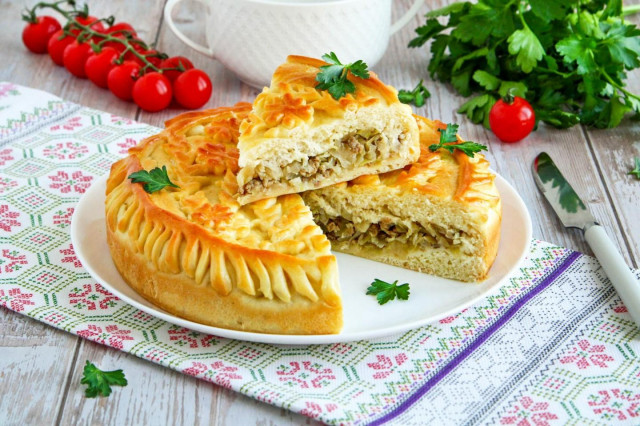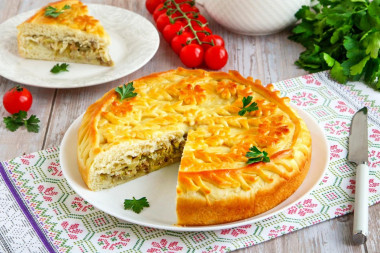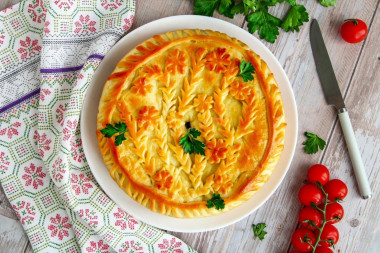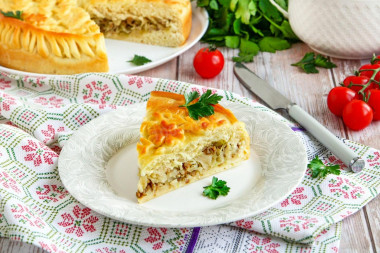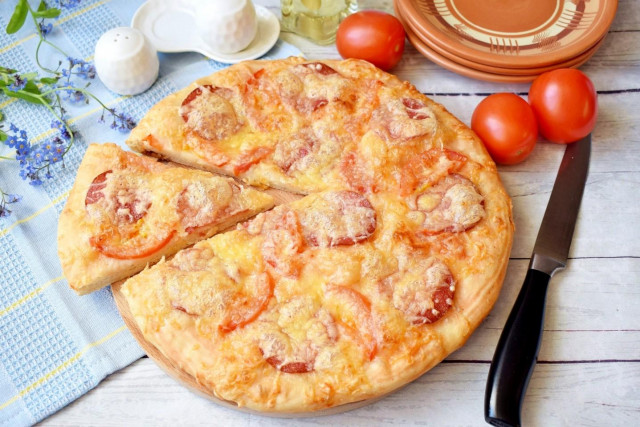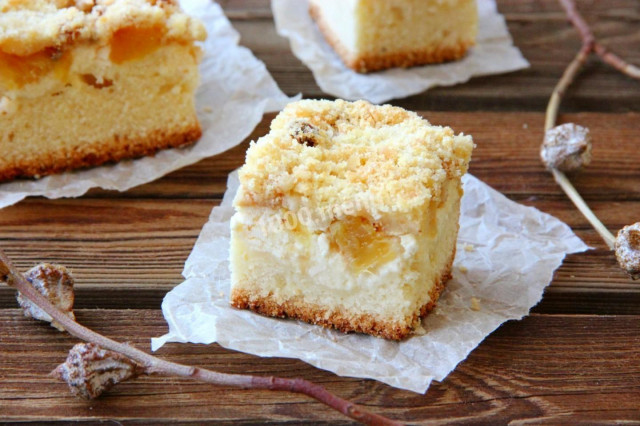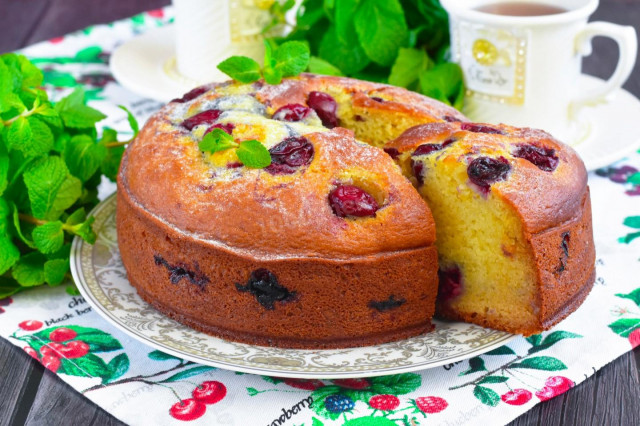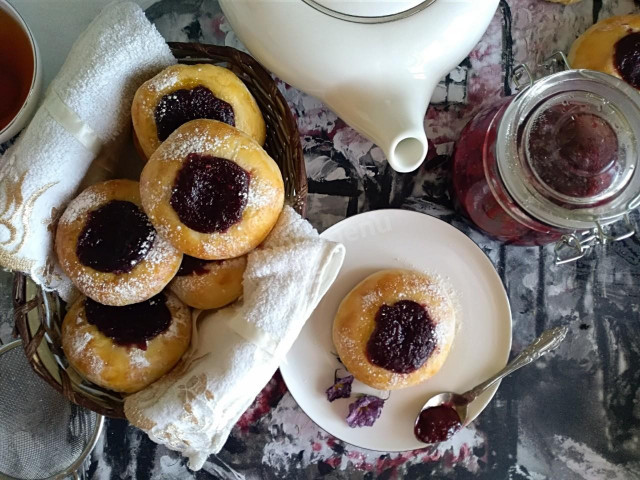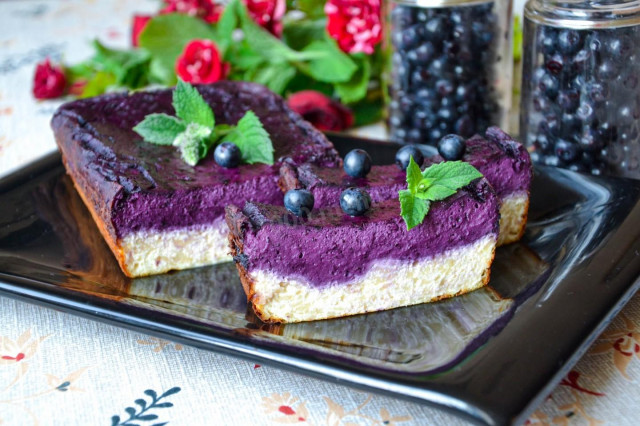Composition / ingredients
Step-by-step cooking
Step 1:
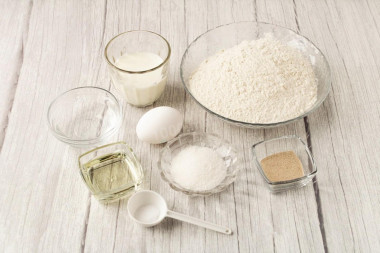
How to make a yeast pie with meat and cabbage? Measure out the necessary ingredients for the dough. Milk is suitable for any fat content, it needs to be warmed up a little.
Step 2:
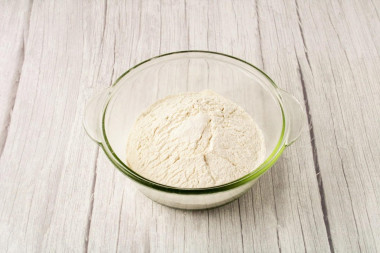
Sift flour into a wide bowl with high sides. This must be done so that the flour is enriched with oxygen. As a result, the dough will easily rise and become airy. And the finished pastry will turn out lush.
Step 3:
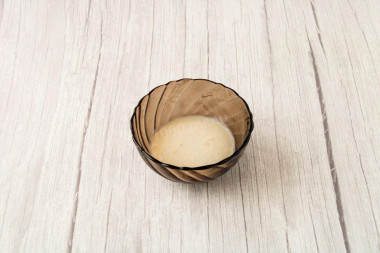
Activate the yeast. To make this process faster and more efficient, heat the water slightly. In a small bowl, dissolve yeast and 1 tsp sugar in water, mix well. Leave the mixture for 10-12 minutes until a "cap" forms on the surface.
Step 4:
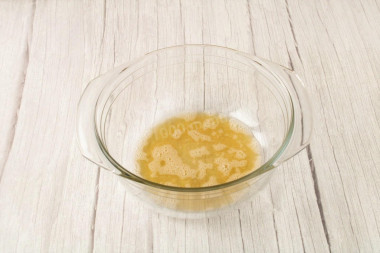
To prepare the dough, take a capacious container, taking into account that the dough will increase in volume. Beat the egg with the remaining sugar and salt until smooth.
Step 5:
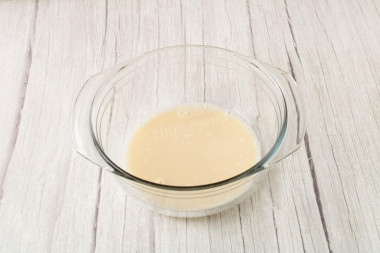
Pour in warm milk, mix lightly.
Step 6:
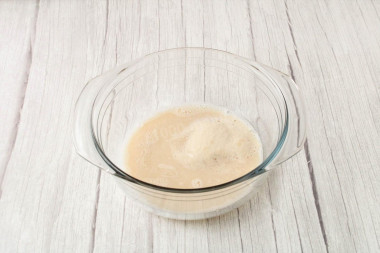
Add the activated yeast, stir.
Step 7:
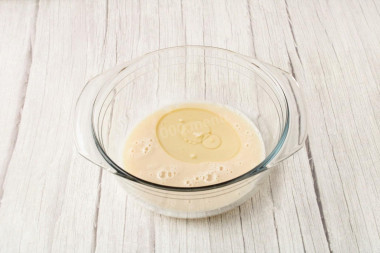
Pour in the vegetable oil, mix again.
Step 8:
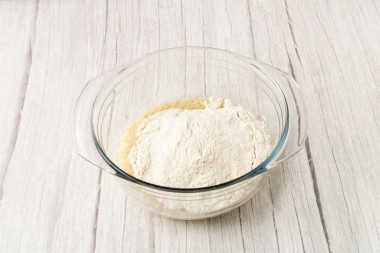
Pour in most of the sifted flour. Do not pour out all the flour at once, so that the dough does not turn out tight. It may require less (or more) than the specified amount.
Step 9:
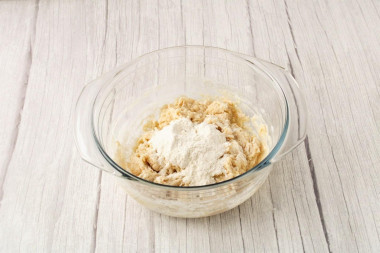
Stir first with a spoon. Pour the remaining flour in small portions, while stirring the dough with your hands and watching its consistency.
Step 10:
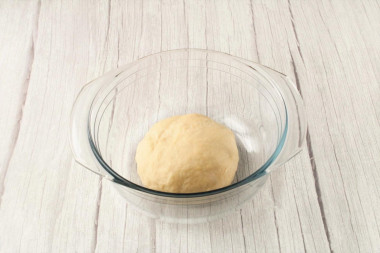
The dough turns out to be soft, tender, pliable, not sticky to the hands. Cover the dough from curling with a towel and leave it in a warm place to rise.
Step 11:
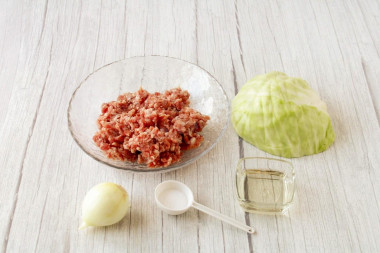
While the dough is rising, prepare the filling for the pie. You can take any minced meat: pork, beef or mixed.
Step 12:
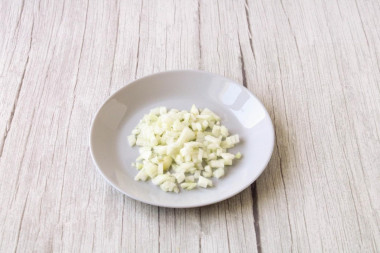
Pre-peeled onions cut into small cubes.
Step 13:
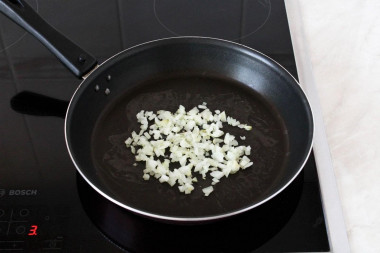
Heat the vegetable oil in a frying pan. Fry the onions over moderate heat, stirring occasionally, until golden brown.
Step 14:
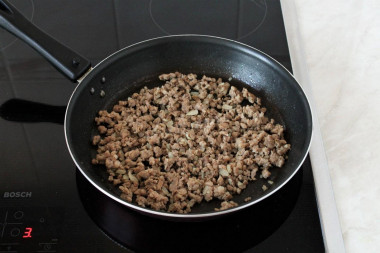
Put the minced meat in the pan. Fry the minced meat with onions, often stirring and kneading the meat lumps. Add salt to the minced meat, if desired, you can add any spices to taste. Cook the minced meat until the color changes, it should turn dark.
Step 15:
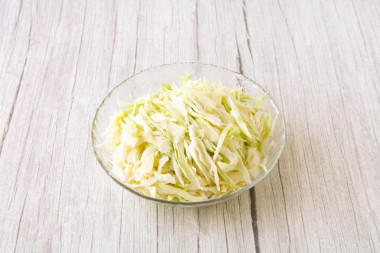
Wash the cabbage, remove the upper coarse leaves. Chop the cabbage into thin strips.
Step 16:
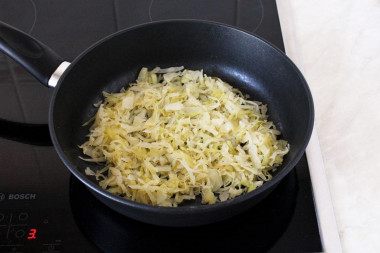
Fry the cabbage in a frying pan with the addition of vegetable oil until tender. Do not forget to stir so that the cabbage is fried evenly. If necessary, add a couple of spoonfuls of warm water. In the process of cooking, add salt to the cabbage.
Step 17:
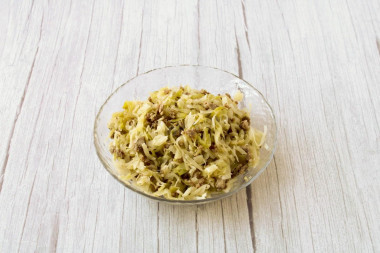
Combine fried minced meat with cabbage, mix. Cool the filling well.
Step 18:
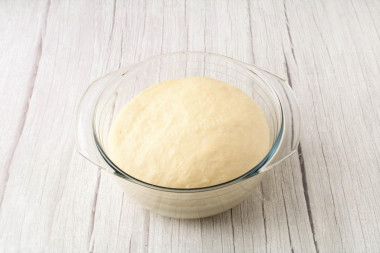
After 80-90 minutes, the dough will increase in volume 2-2.5 times.
Step 19:
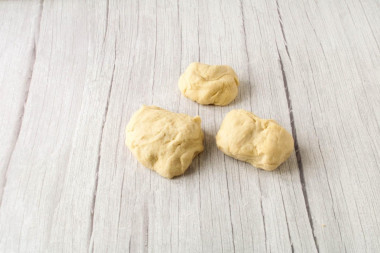
Knead the dough carefully, put it on the table, sprinkled with flour. Divide the dough into parts: a larger one for the bottom of the pie, a smaller one for the top. And I left some dough for decoration.
Step 20:
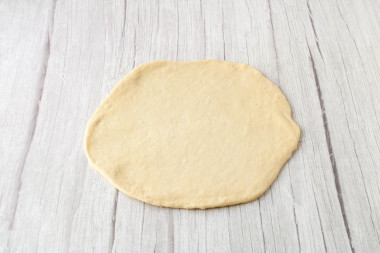
Roll out most of the dough on a floured table into a round layer larger than the diameter of the mold so that you can make the sides.
Step 21:
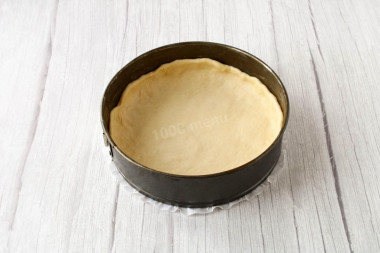
Cover the bottom of the mold with parchment, lubricate the walls with vegetable oil so that the finished cake can be easily removed. I have a shape diameter of 22 cm. Put the rolled dough into the mold, spread it on the bottom, form the sides.
Step 22:
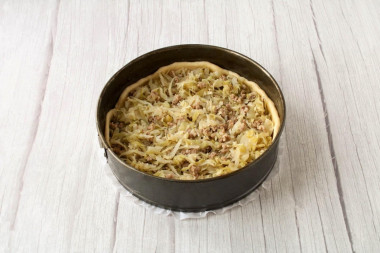
Spread the filling evenly on the dough.
Step 23:
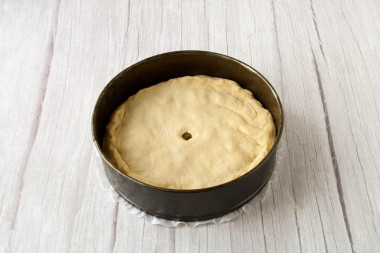
Roll out the second part of the dough similarly to the first, put it on top, covering the filling. Connect the edges of the dough well. In the center of the pie, make sure to make a hole for steam to escape so that the pie is well baked.
Step 24:
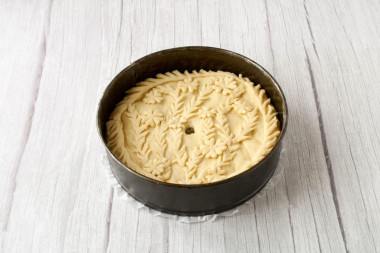
Cut out any figures from the remaining dough and decorate the pie on top.
Step 25:
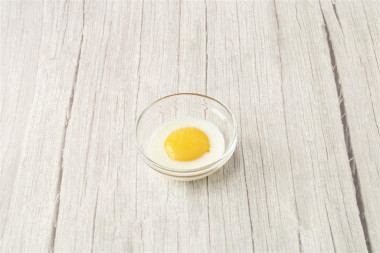
In a bowl, whisk the yolk with milk until smooth.
Step 26:
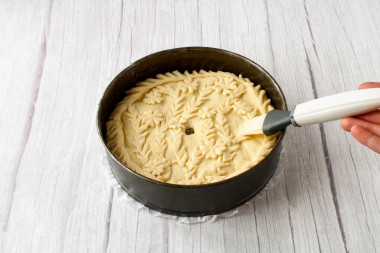
Using a cooking brush, brush the top of the cake with the yolk mixture.
Step 27:
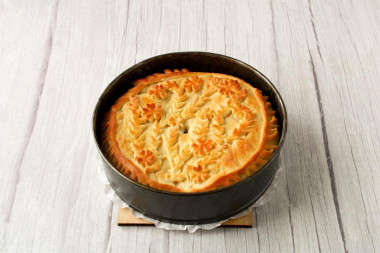
Bake the pie in a preheated 180C oven for 30-35 minutes until golden brown. If the cake is going to blush prematurely, cover it with a layer of foil on top. Determine the duration of baking, focusing on the features of your oven. Cool the finished cake a little in the mold, then take it out.
Step 28:
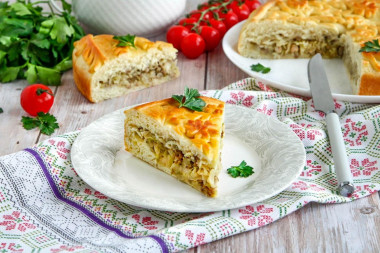
Yeast pie with meat and cabbage is good both warm and cold. Enjoy your meal!
Keep in mind that everyone's ovens are different. The temperature and cooking time may differ from those specified in the recipe. To make any baked dish successful, use useful information about the features of ovens !
In order for the oven to have time to heat up to the desired temperature, turn it on in advance (10-20 minutes before the start of cooking).
Important! Using dry yeast, it should be borne in mind that they occur in two forms: active and instant (read the instructions carefully before use!).
Active dry yeast looks like beads or small balls. Before applying them, they must be brought out of the "sleep mode". To do this, the active yeast is diluted in warm sweet water, milk or whey. The resulting bubbles, foam or "cap" indicate that the yeast is ready for further use. Active dry yeast must be brought to complete dissolution in the liquid, otherwise, due to the remaining grains, the dough may not rise and the baking will be spoiled (yeast grains that have not dissolved in the liquid and got into the dough will no longer disperse on their own, which means they will not work).
Instant dry yeast is easier to use. They do not need to be activated before use. Such yeast, along with other ingredients, is simply added to the dough. As a result, the baking time is reduced.
It should also be remembered that both types of dry yeast may differ in their activity from different manufacturers.
Caloric content of the products possible in the composition of the dish
- Whole cow's milk - 68 kcal/100g
- Milk 3.5% fat content - 64 kcal/100g
- Milk 3.2% fat content - 60 kcal/100g
- Milk 1.5% fat content - 47 kcal/100g
- Concentrated milk 7.5% fat content - 140 kcal/100g
- Milk 2.5% fat content - 54 kcal/100g
- Chicken egg - 157 kcal/100g
- Egg white - 45 kcal/100g
- Egg powder - 542 kcal/100g
- Egg yolk - 352 kcal/100g
- Ostrich egg - 118 kcal/100g
- Granulated sugar - 398 kcal/100g
- Sugar - 398 kcal/100g
- Mixed minced meat - 351 kcal/100g
- Vegetable oil - 873 kcal/100g
- Salt - 0 kcal/100g
- Water - 0 kcal/100g
- Onion - 41 kcal/100g
- Wheat flour - 325 kcal/100g
- White cabbage - 28 kcal/100g
- Boiled white cabbage - 21 kcal/100g
- Egg yolks - 352 kcal/100g
- Dry yeast - 410 kcal/100g

